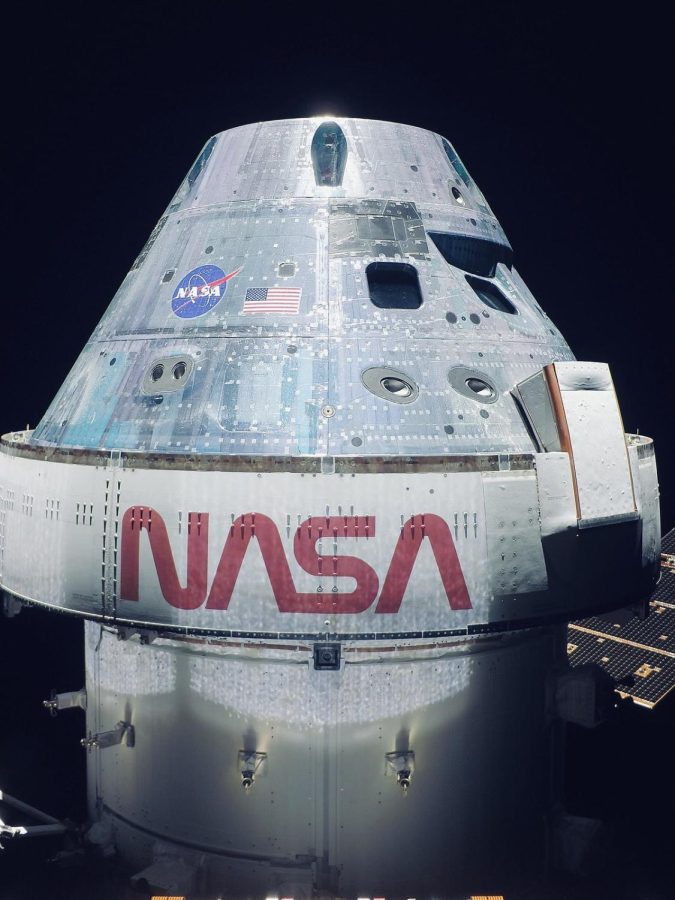Blast off: New Nasa rocket “Orion” makes safe landing
December 17, 2022
NASA is celebrating the most powerful rocket sent out of the atmosphere with the launch of The Orion spacecraft. This rocket surpassed the distance record of 248,654 miles and achieved its goal of 280,000 miles from Earth on its 13th day in space. The Orion spacecraft was a flight test sent out by NASA’s Artemis I mission, located at complex 39B NASA‘s Kennedy Space Center in Florida. The rocket was sent on Nov. 16, 2022, and returned Dec. 11, 2022.
The Orion spacecraft completed its mission and traveled approximately 40,000 miles beyond the Moon and returned to Earth over the course of 25.5 days.
Because it is a test launch, the spacecraft was sent uncrewed. NASA’s administrators believe that it will help to prepare for the human exploration of the Moon and ultimately push the limits of deep space exploration.
Prospect sophomore Sarah Bradbury has been a NASA follower since she was 12; she enjoys reading and learning about NASA in her free time, and wishes to be an astronaut when she is older.
“I think it’s very important that NASA is collecting data and constantly trying to learn the most we can about space as we continue to grow our knowledge of the Moon and the atmosphere itself,” Bradbury said.
A lot of new mechanics have been brought into the development of the Orion. With its advancement of three engines stored on the rocket, it is determined to make a safe return to Earth. Some other advancement include its 212-foot-tall core stored with liquid propellant, four RS-25 engines, two solid fuel boosters, three engines used for its launch abort system, and a perigee raise maneuver.
Before Orion makes its way into Earth’s atmosphere it will separate from its service module and hit the atmosphere with soaring temperatures up to 5,000 degrees Fahrenheit on its heat shields.
The biggest challenge in the flight of Orion was its landing back on Earth, due to the installation of the largest heat shields ever equipped on a spacecraft. After passing the atmosphere, it was slowed by a dozen parachutes and sent into the Pacific Ocean. After the landing on Dec. 11, the data from the spacecraft was collected and will be analyzed before the next flight of humans to the Moon.
Though there are no humans on Orion, a mannequin named Moonikin Campo is seated in the commander’s seat, and two “phantom” mannequins named Helga and Zohar accompany him. The mannequins were designed to collect data on how humans might experience the Lunar trip in the future. Commander Moonikin wears a new Orion crew survival system equipped with two radiation sensors and a headrest that tracks acceleration and vibration throughout the mission. Helga and Zohar are made of materials that mimic the organs, tissue, and bones of a woman equipped with thousands of sensors and 34 radiation detectors. Helga is used as a control, whereas Zohar is used to test a radiation protection vest called AstroRad.
The Orion spacecraft made it safely home on Dec. 11, and will hopefully provide vital information to ensure maximum safety before the next crewed flight to the Moon.























































































